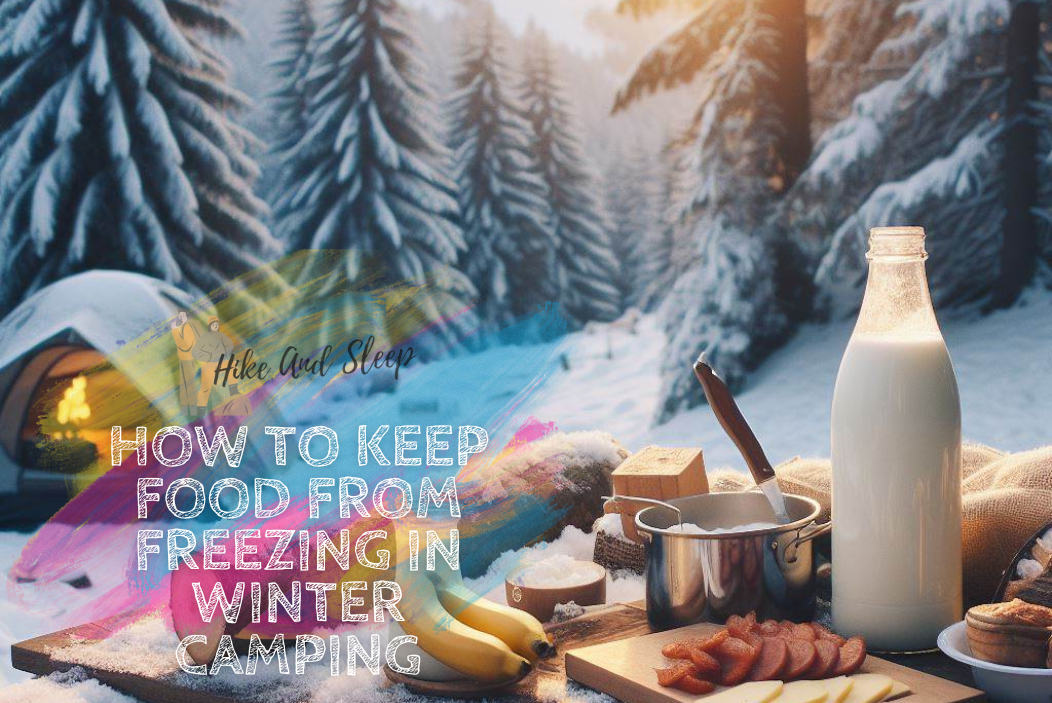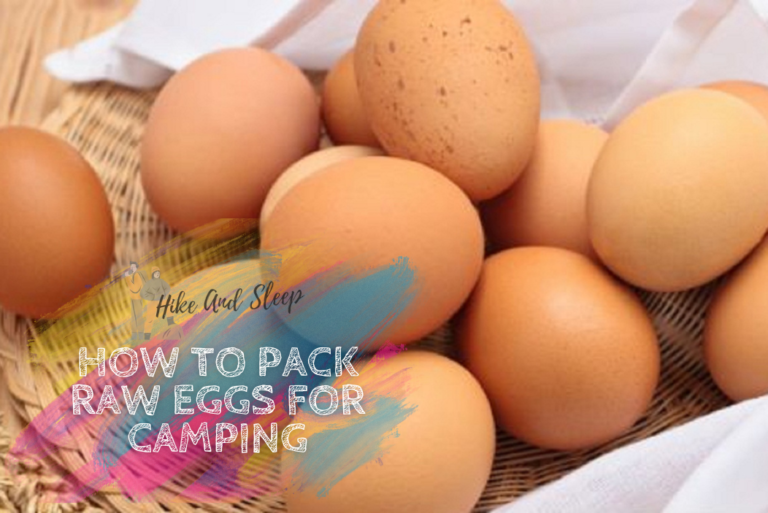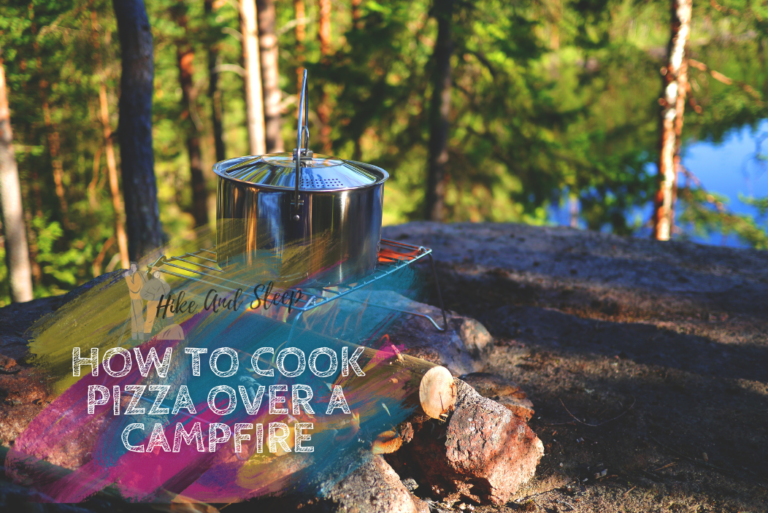How To Keep Food From Freezing in Winter Camping
Are you tired of your food freezing during winter camping trips? Don’t let the frosty temperatures ruin your outdoor meals.
In this article, we will reveal the secrets to keeping your food from freezing in the winter wilderness. From insulating techniques to clever packaging choices, we have you covered.
Say goodbye to icy meals and hello to warm and satisfying nourishment on your next adventure. Get ready to enjoy the freedom of delicious food, even in the coldest of conditions.

Table of Contents
Insulating Your Food Storage
Insulating your food storage is essential to prevent temperature fluctuations and preserve the freshness of your provisions during winter camping. When it comes to keeping your food from freezing, there are a few effective methods you can employ.
Using portable coolers is one option that allows you to create a barrier between your food and the cold air outside. These coolers are designed to maintain a consistent temperature and can help prevent your food from freezing.
Additionally, utilizing thermal blankets can provide an extra layer of insulation for your food storage. These blankets are designed to trap heat and can be wrapped around your coolers or food containers to help maintain a warmer environment.
By insulating your food storage with portable coolers and thermal blankets, you can ensure that your provisions stay fresh and edible during your winter camping adventure. However, it’s important to note that these methods may not be enough to keep your food warm in extremely cold temperatures.
That’s where utilizing hot water bottles comes in. In the next section, we will explore how hot water bottles can be a valuable tool in keeping your food from freezing during winter camping.
Recommended Read:
- Easiest Way To Make Coffee While Camping
- How To Pack Raw Eggs For Camping
- How To Cook Pizza Over A Campfire
Utilizing Hot Water Bottles
By filling hot water bottles with warm water and strategically placing them in your food storage containers, you can effectively maintain a higher temperature and prevent freezing during winter camping. Here are some tips on utilizing hot water bottles to keep your food from freezing:
- Insulate your hot water bottles: Wrap your hot water bottles in a thick cloth or blanket to help retain the heat for a longer period.
- Choose high-quality hot water bottles: Invest in durable and leak-proof hot water bottles to ensure they can withstand the cold temperatures and keep your food warm.
- Strategically place the hot water bottles: Position the hot water bottles around your food containers, focusing on areas where heat loss is most likely to occur.
- Monitor and replace hot water bottles: Regularly check the water temperature in the bottles and replace it with warm water as needed to maintain the desired temperature.
- Combine with other heat sources: Use additional heat sources like heat packs or thermos containers to insulate your food storage further and maximize heat retention.
Implementing Layering Techniques
Effective layering techniques can help prevent food from freezing during winter camping. When it comes to clothing choices, it is important to wear multiple layers that can be easily adjusted according to the changing weather conditions. Start with a moisture-wicking base layer to keep sweat away from the body, followed by an insulating layer to trap body heat. Finally, add an outer layer that is waterproof and windproof to protect against the elements. This three-layer system allows for maximum flexibility and comfort, ensuring that you stay warm while also being able to regulate your body temperature.
In addition to clothing choices, the insulation of your sleeping bag is crucial in preventing food from freezing. Opt for a sleeping bag with a high-temperature rating and good insulation properties. Look for bags with synthetic insulation, as it retains heat even when wet. It is also important to use a sleeping bag liner for added warmth.
Choosing the Right Food Packaging
When planning for winter camping, carefully selecting suitable food packaging is essential to prevent freezing. The extreme cold temperatures can quickly ruin perishable items and make them inedible. To ensure that your food stays fresh and safe to eat, consider the following options for packaging:
- Vacuum sealing: Vacuum-sealed bags are a great option for preventing freezer burn and maintaining the quality of your food. By removing all the air from the packaging, you can prevent moisture from entering and causing ice crystals to form.
- Reusable containers: Opt for sturdy, leak-proof containers that can withstand freezing temperatures. Look for containers made from materials such as stainless steel or thick plastic. These containers are not only durable but also environmentally friendly, as they can be used multiple times.
- Insulated bags: Insulated bags are designed to maintain the temperature of your food. They provide an extra layer of protection against freezing temperatures, keeping your meals at a safe temperature for longer periods.
- Aluminum foil: Aluminum foil is a versatile option for packaging food. It can be used to wrap individual portions or cover larger dishes. The foil acts as a barrier against the cold, helping to prevent freezing.
- Ziplock bags: Ziplock bags are a convenient option for storing smaller items such as snacks or ingredients. They are easy to seal and can be labeled for easy identification. Make sure to choose freezer-grade bags that are designed to withstand low temperatures.
Keeping Your Food Close to Your Body
To ensure the highest level of food preservation during winter camping, it is important to keep your food close to your body and utilize your natural body heat as insulation. The key to achieving this is wearing proper clothing that can create a thermal barrier between your body and the cold environment.
When it comes to clothing for winter camping, layering is essential. Start with a moisture-wicking base layer that will keep sweat away from your body, preventing you from getting chilled. Over this, add an insulating layer such as a fleece or down jacket to trap heat. Finally, top it off with a waterproof and windproof outer layer to protect you from the elements.
Once you have the right clothing, you can use it to create a thermal barrier for your food. Place your food items inside a well-insulated bag or container, and then nestle it securely between layers of clothing. This will help to keep the food close to your body, allowing your natural body heat to keep it from freezing.
Conclusion
In conclusion, by insulating your food storage, utilizing hot water bottles, and implementing layering techniques, you can effectively prevent your food from freezing while winter camping.
Additionally, choosing the right food packaging and keeping your food close to your body are also important measures to consider.
By following these strategies, you can ensure that your food remains safe and enjoyable even in the harshest winter conditions.







